How to Choose the Right Gemstone for You: A Buyer’s Guide

Ever wondered how to choose gemstone that truly feels like you? I remember the first time I walked through Sri Lanka’s bustling gem market every stall glittered with colors, from deep ocean blues to fiery reds. I had no idea where to start. That’s when I learned that choosing a gemstone isn’t just about sparkle or size it’s about purpose, emotion, and knowing what really matters.
This isn’t just another checklist. It’s a guide from someone who’s lived and breathed gems, whether that’s selling sapphires to collectors in Europe or helping a traveler in Kandy pick the right stone for her anniversary ring. By the end, you’ll know how to avoid common traps and, more importantly, how to find the stone that feels like yours.
Start With Your Purpose
Before you let your eyes get hypnotized by sparkle, pause. Ask yourself: Why am I buying this stone?
Everyday wear?
Go for tough stones. Sapphires, rubies, or diamonds can handle the knocks of daily life.
Investment or collection?
You can explore rarer, sometimes softer gems like padparadscha sapphire or alexandrite because they’ll mostly live in safes or showcases.
Special occasion jewelry?
Pearls and opals shine here. They’re delicate but magical in the right setting.
Business or resale?
Then you’re in my world. Think certification, supplier reputation, and market demand.
I still remember a French jeweler who told me, “I don’t just buy gems, I buy trust.” That’s why purpose matters it shapes everything else.
The Four Cs Not Just for Diamonds
Everyone talks about the Four Cs as if they’re a diamond-only thing, but they apply to nearly every stone:
1. Color: For colored stones, this is king. A vivid, even saturation is worth far more than a dull giant.
2. Clarity: Some stones, like emeralds, always have inclusions. Don’t panic. What matters is whether they distract from beauty.
3. Cut: This one’s underestimated. I’ve seen a one-carat sapphire with a great cut look more brilliant than a poorly cut two carat stone.
4. Carat weight: Bigger gets pricier, but don’t let size blind you. Quality and cut often outshine weight.
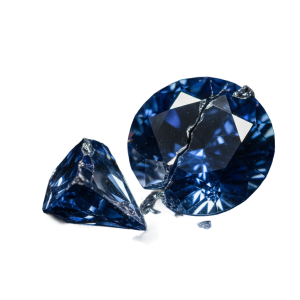
Durability and Real Life Use
Here’s the unglamorous truth: not all stones are practical. The Mohs hardness scale helps here:
7 or above: Safe bets for rings and daily wear (sapphire, ruby, spinel).
Below 7: Keep them for earrings, pendants, or pieces you won’t bang around.
Think of it like shoes: some are hiking boots, some are delicate heels. Both beautiful, but not for the same walk.
Natural, Lab, or Treated?
This is where new buyers get tripped up. Let me put it straight:
Natural gems: Born in the earth, often rare and pricey.
Lab created: Identical in chemistry, but grown in a lab. More affordable and eco friendly.
Treated gems: Many naturals are heated or treated to boost color. This isn’t a scam but it must be disclosed.
One of my proudest moments was convincing a client in Germany to buy a heated sapphire instead of holding out for “untreated.” Why? The treated one was stunning, fit her budget, and came with full disclosure. She still emails me pictures of the ring years later.
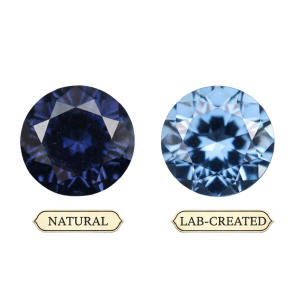
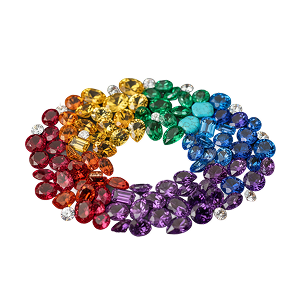
The Personal Side: Emotion and Color
Here’s something most guides skip: sometimes, a gem just calls you.
Birthstones and anniversaries give meaning that no certificate can replace.
Color psychology is real. Blues calm, greens refresh, reds excite.
And sometimes it’s just nostalgia. I once sold a sea-green tourmaline to a traveler because it reminded her of the Indian Ocean at sunset. That’s what sealed the deal, not the clarity grade.
Budget Without Regret
Set your ceiling before you step into a market (trust me, the sparkle can hypnotize).
Premium origins like Burmese rubies or Colombian emeralds often come with a price tag.
Hidden treasures like spinel, tourmaline, or garnet offer crazy good value if you know what to look for.
Pro tip: don’t let pride push you toward the “big three” only. Some of the happiest buyers I’ve worked with left with stones no one else was asking about.
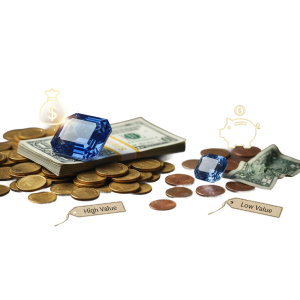
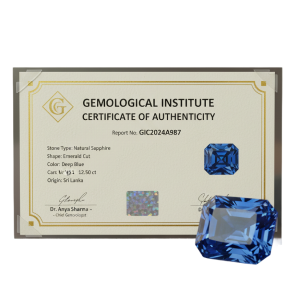
Don’t Skip Certification & Ethics
If you’re dropping serious money, certification is your shield.
Trusted labs: GIA, AGL, IGI.
Ethical sourcing: Ask about origin. In Sri Lanka, we’re proud of our centuries-old, largely non mechanized mining traditions family operations, not giant destructive mines.
I’ve noticed buyers light up when I explain the human story behind a gem. It transforms the purchase into something more meaningful.
FAQs: How to Choose Gemstone
What’s the first step in choosing gemstones?
Figure out your purpose. It’ll save you time and mistakes.
How do I avoid getting scammed?
Only buy from dealers who provide certificates and transparency. Walk away if they dodge your questions.
Are lab created gems “fake”?
Not at all. They’re real gems just grown differently. But they don’t carry the rarity factor of naturals.
Is origin really that important?
Sometimes yes, sometimes no. Certain origins (like Kashmir sapphires) add prestige, but beauty should come first.
Wrapping It Up
So, how to choose gemstone wisely?
Start with your purpose, learn the Four Cs, think about durability, and don’t forget your gut feeling. A gemstone isn’t just a rock it’s a memory, a keepsake, sometimes even an investment.
Next time you hold one, don’t just ask, “Is this good quality?” Ask, “Does this feel like mine?” That’s when you’ve found the right one.
If you’ve got questions or maybe a story about your own gem hunt I’d love to hear it. Drop a comment, or if you’re ready to start your search, explore our latest gemstone collection.
Thinking to Buy Gemstones Online?
We’re here to help you shop with confidence. Join our social media family for gemstone insights, updates, and authentic collections.


